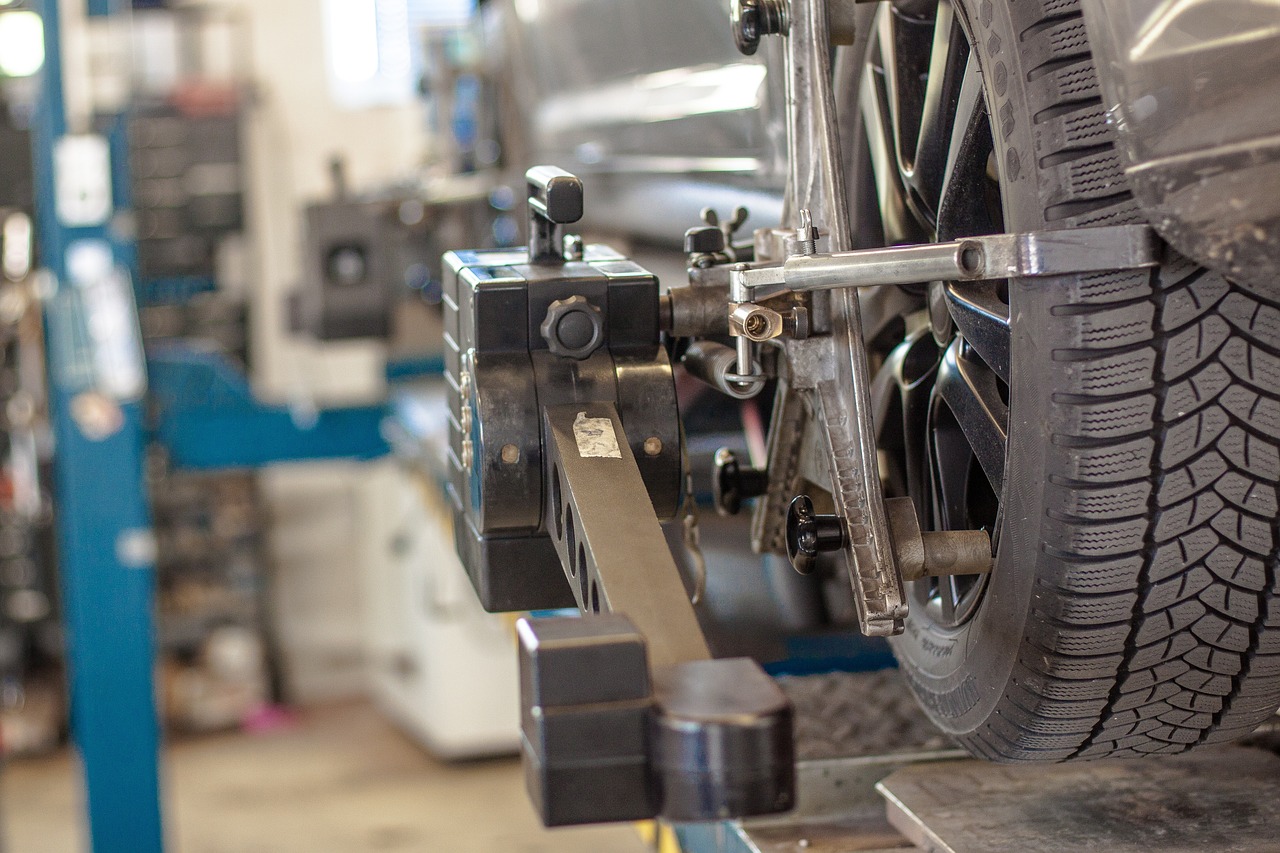The Citroën C3 Aircross, launched in Argentina in June 2024, has come under intense scrutiny after receiving zero stars in the latest LatinNCAP safety assessment. The results, published in November 2024, highlight significant safety concerns for this model, sparking widespread criticism from experts and consumers alike.
LatinNCAP’s Alarming Findings
LatinNCAP, the organisation responsible for evaluating the safety of new vehicles across Latin America, revealed the disappointing performance of the C3 Aircross during its latest crash tests. This model, an evolution of the classic Citroën C3, failed to meet the minimum safety expectations for modern vehicles.
The C3 Aircross was designed with a bold new look, borrowing from SUV aesthetics. Its features include a short, flat bonnet, prominent front bumper, glossy black accents, and LED daytime running lights integrated into a central chrome grille. Despite these visual upgrades, the vehicle’s safety performance remains critically inadequate.
Poor Safety Ratings Across All Categories
The top-tier version of the C3 Aircross is equipped to accommodate up to seven passengers, targeting family buyers. However, its appeal is overshadowed by its dismal safety scores:
- Adult occupant protection: 33%
- Child occupant protection: 11.3%
- Pedestrian and vulnerable road user protection: 49.5%
- Safety assistance systems: 34.8%
The vehicle’s standard safety features include only two airbags and Electronic Stability Control (ESC), which LatinNCAP deemed insufficient for ensuring passenger safety in various crash scenarios.
Expert Criticism of Stellantis and Citroën
The C3 Aircross is manufactured by Citroën under the Stellantis Group, a global automotive conglomerate. The group has faced sharp criticism for prioritising cost-saving measures over passenger safety. Alejandro Furas, Secretary General of LatinNCAP, expressed his disappointment, stating:
“Stellantis once again disappoints with a zero-star-rated model. Citroën and Stellantis engineers know how to build safer cars, but the corporate decision-making process seems to prioritise other factors.”
Detailed Test Results
The crash tests exposed several critical weaknesses in the C3 Aircross’s design and safety systems:
- Frontal impact test: The vehicle demonstrated weak chest protection for the front passenger.
- Whiplash test: The neck protection for adult occupants was rated as poor.
- Dynamic child protection test: The model failed to score any points in this category.
These results highlight significant risks for passengers and pedestrians, raising questions about the manufacturer’s commitment to safety standards.
A Troubling Trend in Automotive Safety
The C3 Aircross’s poor performance underscores broader concerns about the safety of budget-friendly vehicles in Latin America. While automakers often claim to balance affordability with safety, the absence of essential features like additional airbags and advanced driver assistance systems (ADAS) remains a persistent issue.
As LatinNCAP continues its mission to promote safer vehicles in the region, the onus is on manufacturers like Stellantis to prioritise passenger protection over cost-cutting measures. Until then, models like the Citroën C3 Aircross serve as stark reminders of the potential risks consumers face on the road











